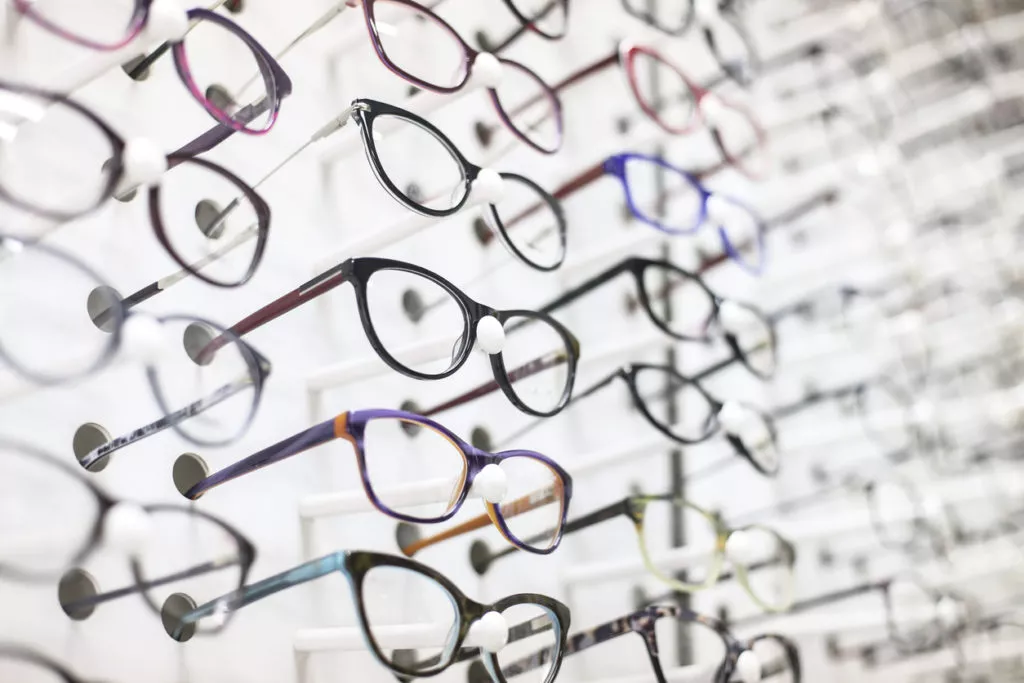
Loss Prevention Strategies: Q&A With Chris Hinger, Warby Parker
Warby Parker’s loss prevention expert, Chris Hinger, shares how loss prevention strategies have shifted into overall asset protection, including employee safety.
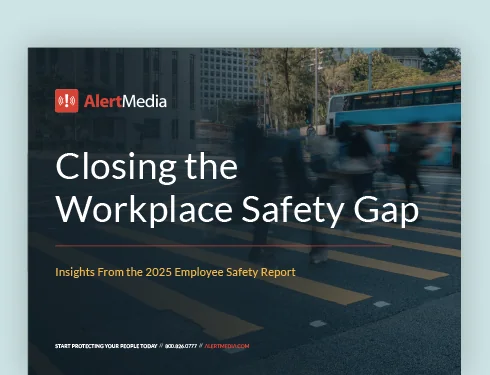
Loss prevention isn’t only about protecting stores and merchandise from theft—it’s about having proactive plans across different channels to keep all your assets safe, including your people.
In a recent episode of The Employee Safety Podcast, Peter Steinfeld was joined by Chris Hinger, Director of Loss Prevention, Corporate Security, Corporate Facilities, and Risk Management at Warby Parker, to discuss how loss prevention strategies have shifted into overall asset protection, including employee safety.
Founded in 2010 out of New York City, Warby Parker is one of America’s top prescription glasses and sunglasses retailers. The company, which famously aspired to demonstrate “that businesses could do well while doing good,” quickly earned a reputation for its rebellious spirit and lofty objective—to offer designer eyewear at a revolutionary price.
In addition to selling through its innovative website—known for convenient offerings like its home try-on packs and augmented-reality-enabled virtual try-on feature—the company also operates 130 retail locations across the U.S. and Canada, supported by 2,500+ employees.
You can listen to the full episode below.
Q&A With Chris Hinger, Loss Prevention Expert at Warby Parker
When you first joined Warby Parker two years ago, what were some of your key loss prevention goals? How did you spend your first few months?
When I first started, the main thing I needed to understand was the company’s core values. We wanted to create a program aligned with our values, so understanding what they represented to our team was essential to setting our loss prevention goals.
Once that was done, it was relatively easy to establish business partnerships and prove to our partners that we could support the company’s growth through profit protection and safety training/awareness. We started developing and standardizing our procedures and determined which solution providers were appropriate for achieving our internal goals. Ultimately, we shifted away from traditional loss prevention and more towards safety, emergency response, crisis management, and business continuity. We had to have strong and robust plans that reflected the growth of our company.
When I came to Warby Parker, we had a strong program, but it reflected a young, growing organization. We needed to be scalable as we continued to grow. If we only considered traditional loss prevention terms—like [retail] shrink, theft, and safety—our program wouldn’t be scalable.
We moved our model towards a total retail loss perspective that involved training, keeping people aware, and minimizing all of the loss that we might encounter along the way.
What are some of the specific challenges or threats that Warby Parker faces when it comes to keeping employees and the business itself safe?
The COVID-19 pandemic had the largest and most significant impact not only on how we do business but also on the safety of our employees, our customers, and our community. Our retail leadership teams allowed us to reopen two months after closing our stores, and we redesigned our retail experience based on what we knew about COVID-19.
We incorporated social distancing, contactless shopping features, enhanced standardization protocols, and team and patient health screenings. Today, we’re happy to have all 130+ of our stores open in a limited capacity with enhanced safety measures that follow local and state measures. In terms of safety, responding to the pandemic has been our biggest focus over the past year.
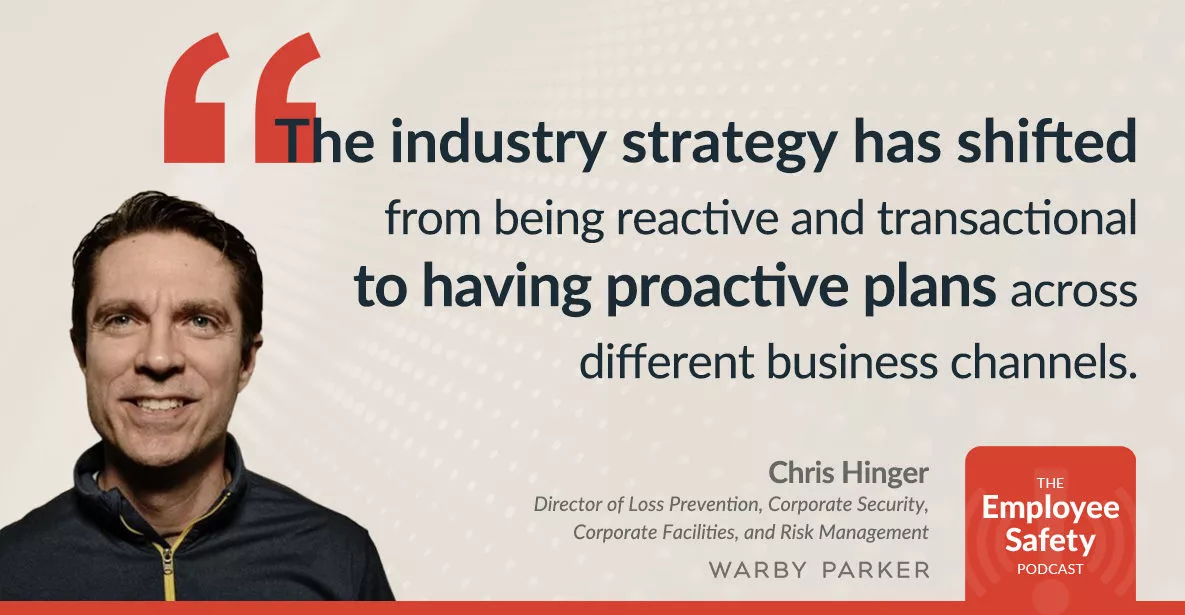
How has Warby Parker evolved its safety culture considering all the threats and challenges we discussed earlier? What are the next steps for you and your team?
We operate with clear communication and accurate information anytime that we’re talking about safety. We ensure our employees know how to manage foundational scenarios like getting through a hurricane in the southeast during the summer or navigating a snowstorm in the northeast during the winter.
We distribute messages to all of our teams in retail, in the corporate office, and in our optical lab to make sure they have accurate information at all times. We also provide them with training and roleplaying scenarios to get people uncomfortable in the [hypothetical] moment so that they’re comfortable when the real scenario happens. When I started here, we wanted our plans to account for physical safety threats and the more technical threats that we see in the world at large.
We put communication templates in place to avoid spending more time figuring out what to say than actually responding to a critical event. We created business continuity groups to ensure our key business partners can receive specific communication and provide appropriate direction for their teams as needed. We want to make sure that we’re limiting the number of email threads happening in critical moments, whether it’s an emergency that we’re responding to or an actual crisis. We found that too many threads inhibited our ability to implement a timely response in those moments. As we look towards the future, we plan to continue using AlertMedia as our primary communication channel.
When people think about loss prevention, they commonly think about theft. However, the loss prevention industry seems to have morphed into more than just protecting the store and the merchandise and more about asset protection, including employee safety. Would you say that is accurate?
Absolutely. We’re no longer just focused on shrink or theft. The loss prevention industry has shifted from being reactive and transactional to having proactive plans across different channels of the business. For us, employee safety is absolutely one of those channels.
I think the main reason for this shift has been the increased amount of risk our frontline workers face, whether in stores or corporate offices—we see more verbally and physically aggressive customers in our stores. We know theft still exists, and it will always be a core part of any loss prevention or asset protection program. But we’re currently seeing a migration to profit protection where we’re looking at ways to preserve all of the company’s income. In doing so, our number one priority is keeping our folks safe, whether it’s our employees or our customers.
How do emergency communication solutions fit into your preparedness/response efforts?
At Warby Parker, we’ve leveraged AlertMedia several different times. Recently, there was a bomb in downtown Nashville on Christmas day in late 2020. We have a corporate office in downtown Nashville and two retail stores not too far away. Like many other organizations, our priority was to locate our teams, contact them, and confirm their safety as quickly as possible. We used AlertMedia to respond immediately and sent a survey to our teams asking if they required medical attention. That way, we knew very quickly what we needed to sort out in terms of emergency response. We were very fortunate that our teams from the retail locations and our corporate offices replied to that survey not needing medical attention, so we shifted from emergency response into business continuity mode.
As we moved forward, we sent out an additional survey because, based on the blast, we knew power outages could affect people’s ability to work. Whether they were scheduled to work that day or the following week, we first determined our team’s availability. We then shifted resources to either assist them in doing their job or giving them time to take care of themselves or their families. Using AlertMedia allowed us to respond quickly and appropriately to minimize the stress of an event that significantly impacted the community.
What can someone do today to help improve their company’s safety culture or business continuity efforts?
Continue to push to your senior leaders a message of safety and technology. I think our industry has done very well to incorporate technology into loss prevention, but it’s important to do the same for your safety program.
Make sure you’re engaging your vendors around mass communication and threat intelligence. Loss prevention has always been critical for businesses, but with the heightened awareness around COVID-19 in the past year, we’ve had more access to our senior leaders. It’s key to take advantage of that and tell our leaders that safety can no longer just be a goal or a priority—we need to make it a part of our brands and our values. Ultimately, it does require somebody to go to our senior leaders and push that message. My thought is, why shouldn’t it be us? Let’s take that charge and make sure that we keep our teams and our people safe.
Portions of this article have been edited for clarity or brevity.
More Articles You May Be Interested In
-
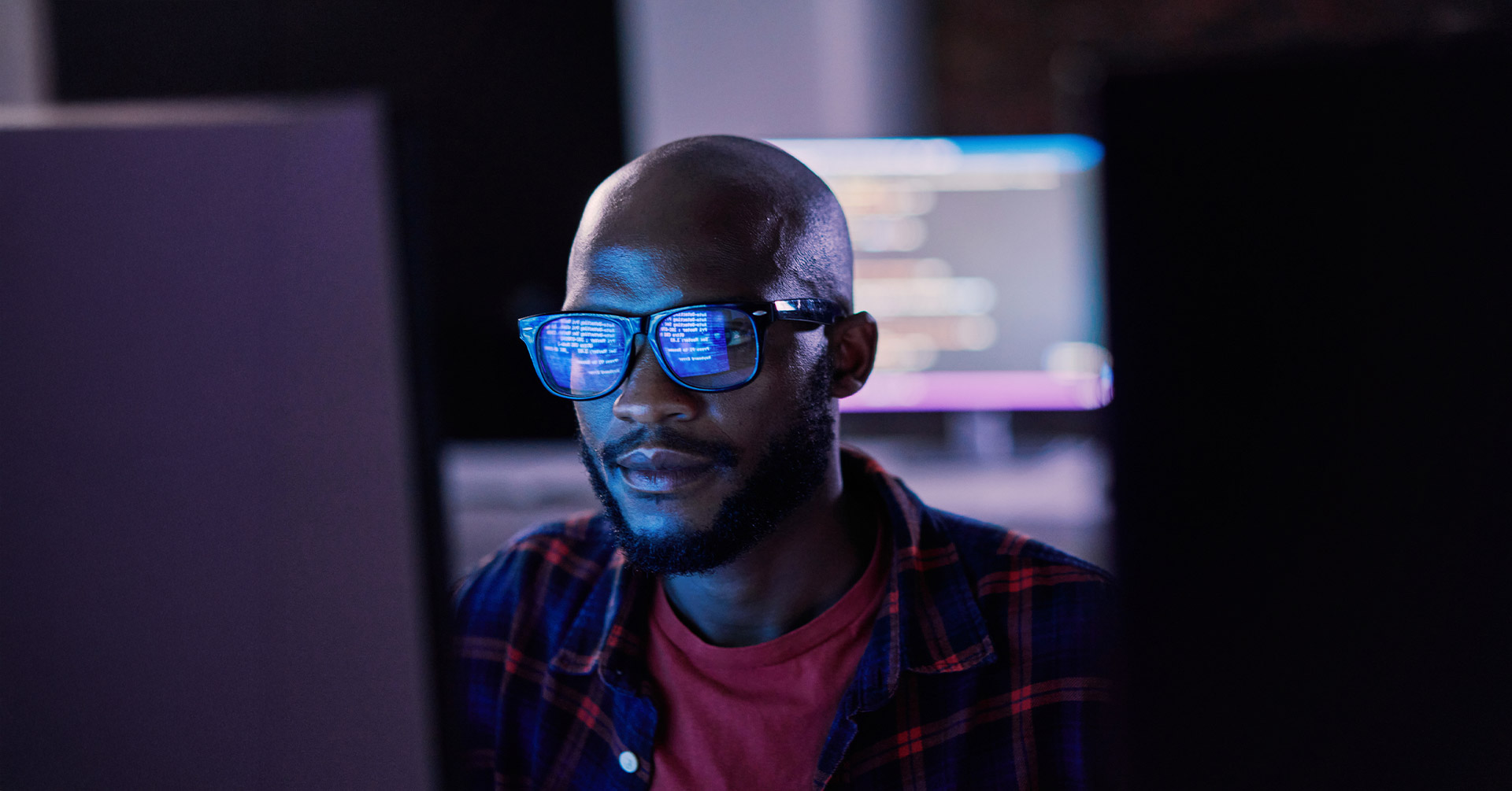 Emergency ManagementHow AI Is Transforming Cybersecurity Threats and Defense—Interview With an Expert
Emergency ManagementHow AI Is Transforming Cybersecurity Threats and Defense—Interview With an Expert -
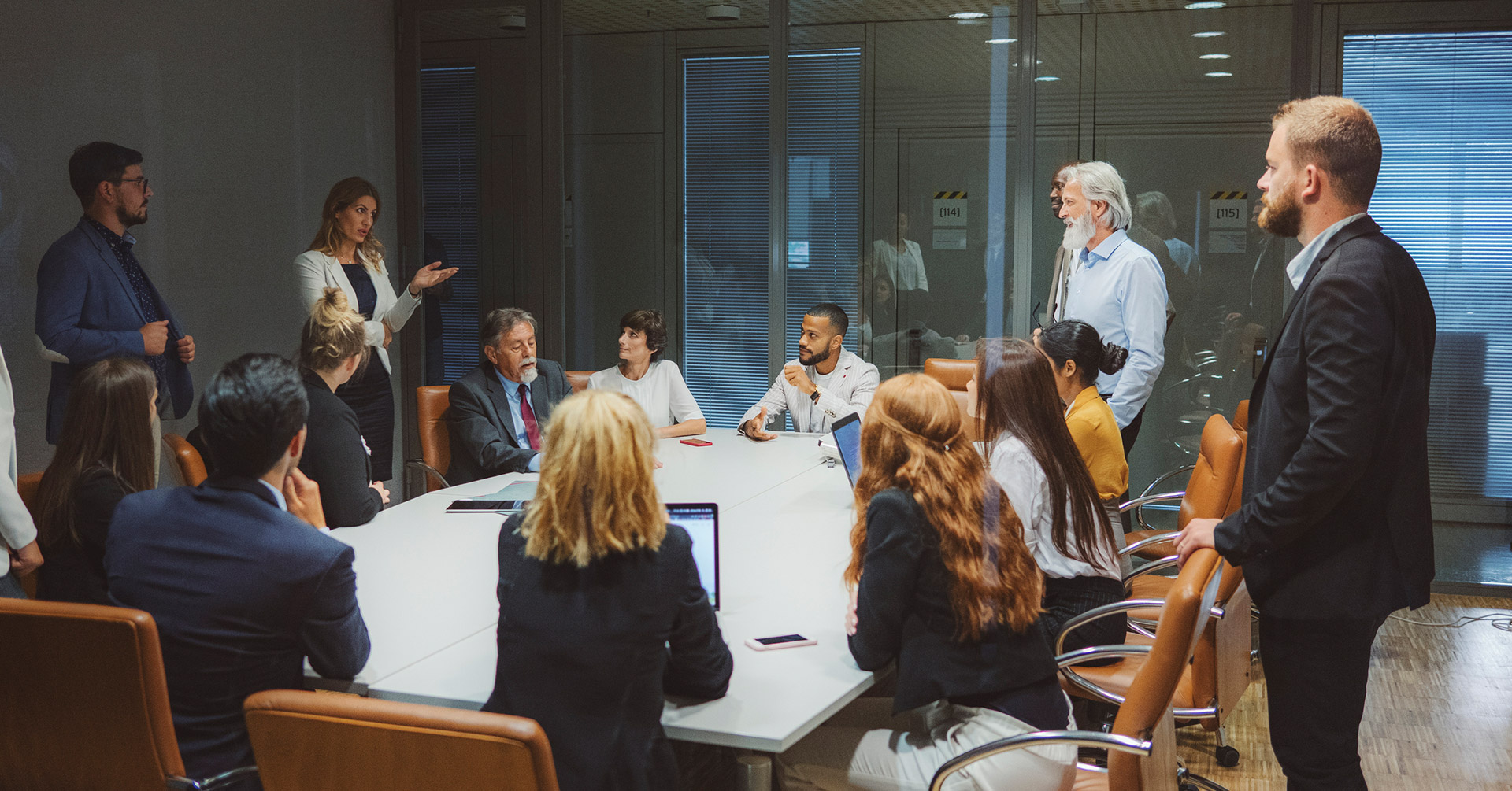 Emergency Management, Safety and SecurityTabletop Tests: Low-Cost, High-Impact Emergency Planning
Emergency Management, Safety and SecurityTabletop Tests: Low-Cost, High-Impact Emergency Planning -
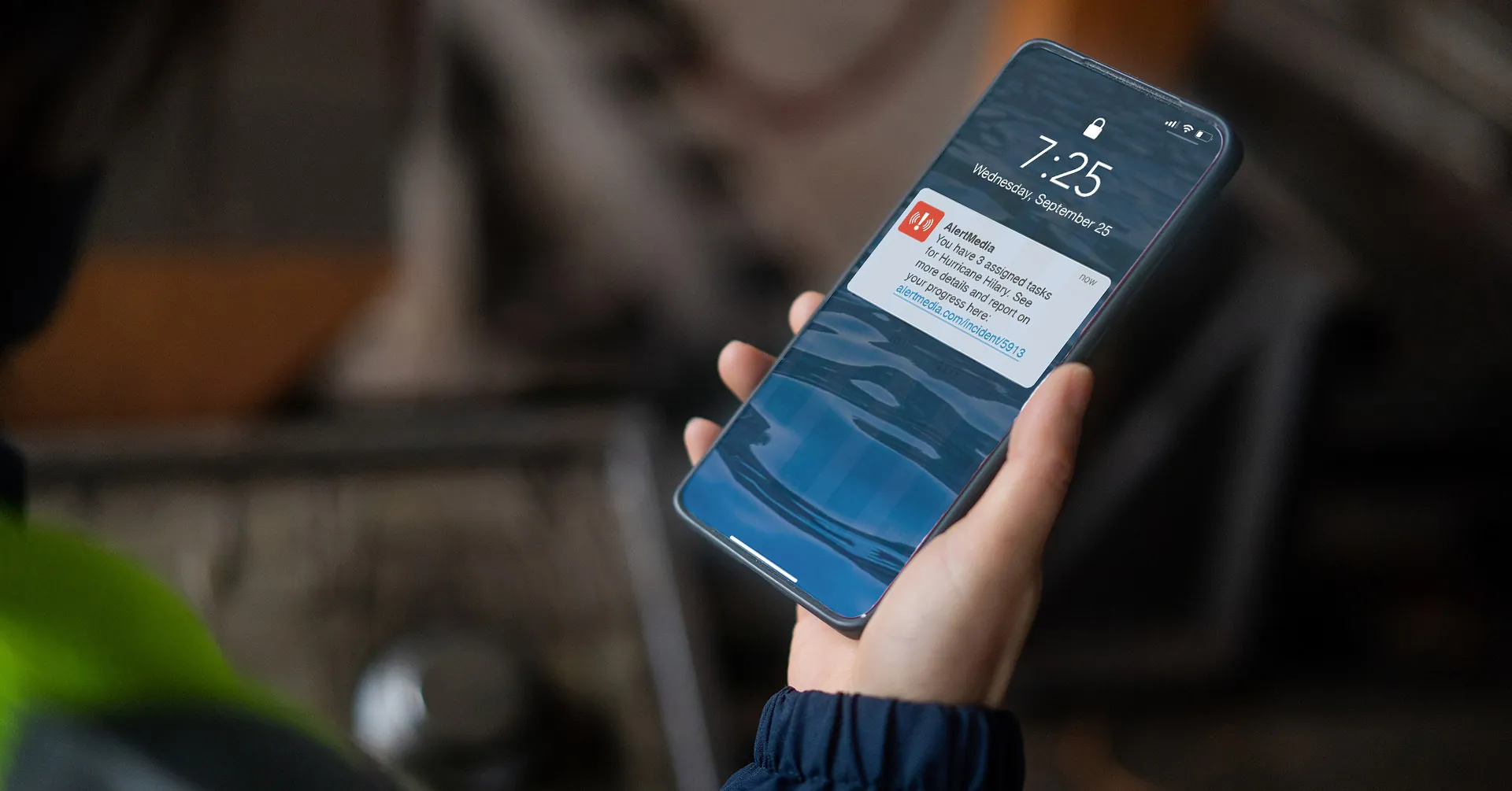 Company News, Emergency ManagementIntroducing Incident Response: A Smarter Way to Manage Critical Events
Company News, Emergency ManagementIntroducing Incident Response: A Smarter Way to Manage Critical Events

